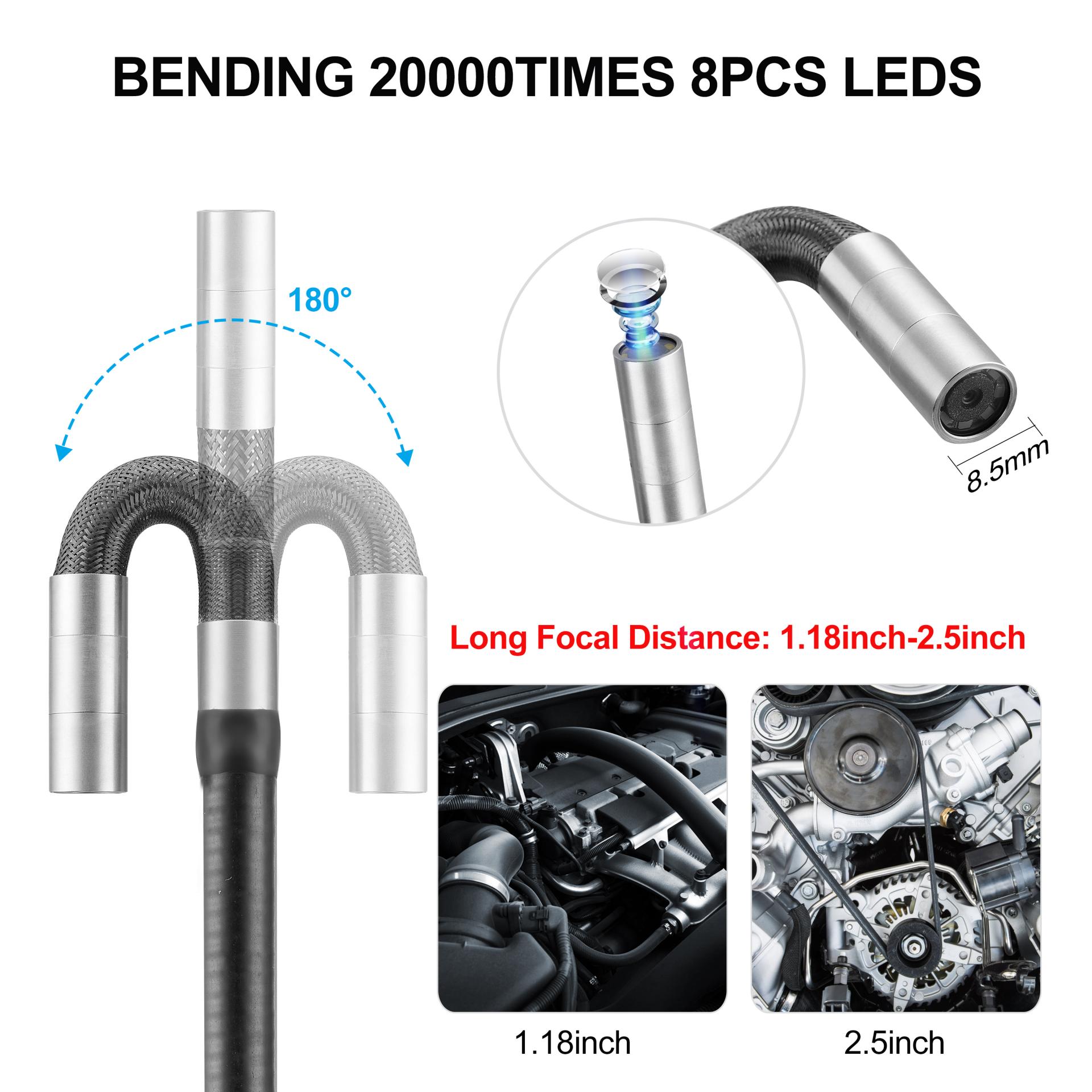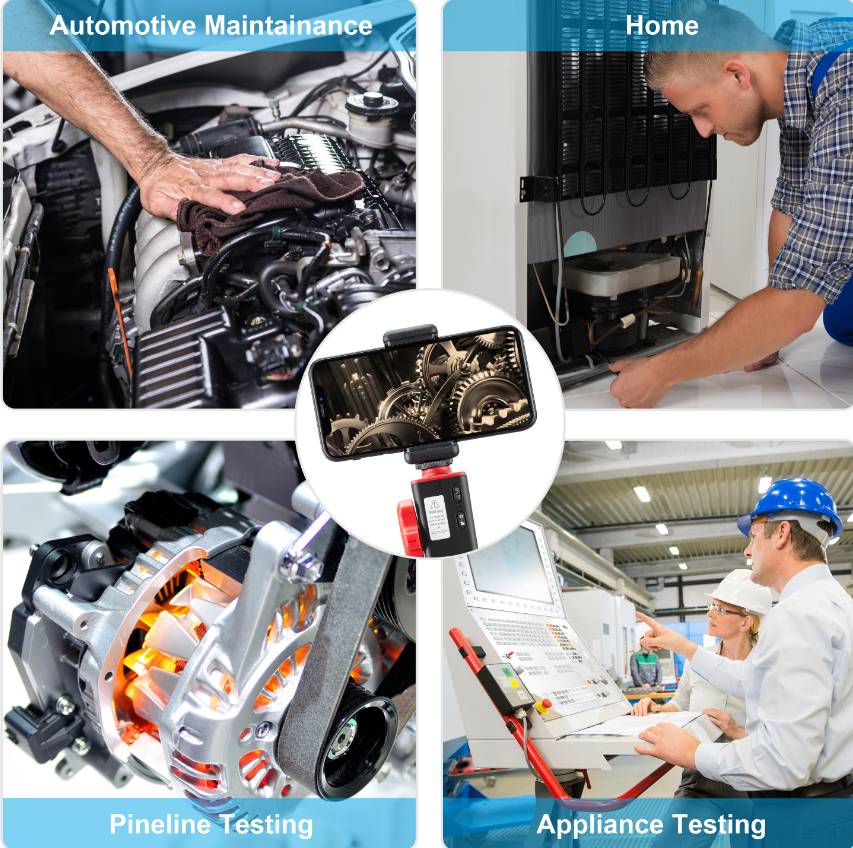 Susan
Susan  2025-12-19
2025-12-19
Before using the industrial endoscope for inspection, it is necessary to understand the specific conditions of the product's performance parameters, use environment, inspection conditions, and inspected targets in advance in order to achieve better inspection results. Several main factors that affect the detection effect of industrial endoscopes are:
1. Lighting conditions (light source)
Industrial Endoscope detection mostly uses the endoscope's own light source for illumination. Under general conditions, the endoscope is required to detect the color temperature of the illumination light source not less than 5600K and the illumination intensity not less than 2600lm. Industrial endoscopes generally have two lighting methods, front and rear. The front lighting is achieved by integrating several LED lamp beads on the front end of the probe. This method has low cost, short life span and easy damage.

2. Probe position and angle
Generally, Industrial Endoscope is best to observe the image within the range of 5~25mm from the detection area, so it is often necessary for the Industrial Endoscope probe to be as close to the observation point as possible. The probe and the observation object plane can achieve better observation results in the range of 45゜~90゜. In actual work, the appropriate observation position is found by repeatedly changing the position and angle of the probe and the observation point, and the best detection is obtained. effect.

3. Detection channel
Industrial endoscopes probe can detect through narrow, curved channels. When selecting a channel, you should first understand the situation of the channel, try to be as close as possible to the location to be detected, select the channel with the shortest entry length, and minimize the number and degree of bending of the probe; first consider the channel from top to bottom, from high to low; priority Choose a wide channel; Industrial endoscopesis recommended to use auxiliary tools (such as a centering device, etc.) to ensure the correct direction of the probe in the product channel.

In addition to the above three factors that affect the effect of industrial endoscopes, there are some other reasons, such as the resolution of the image, the reflectivity of the surface of the object, and the image magnification, which are all worthy of our attention.


